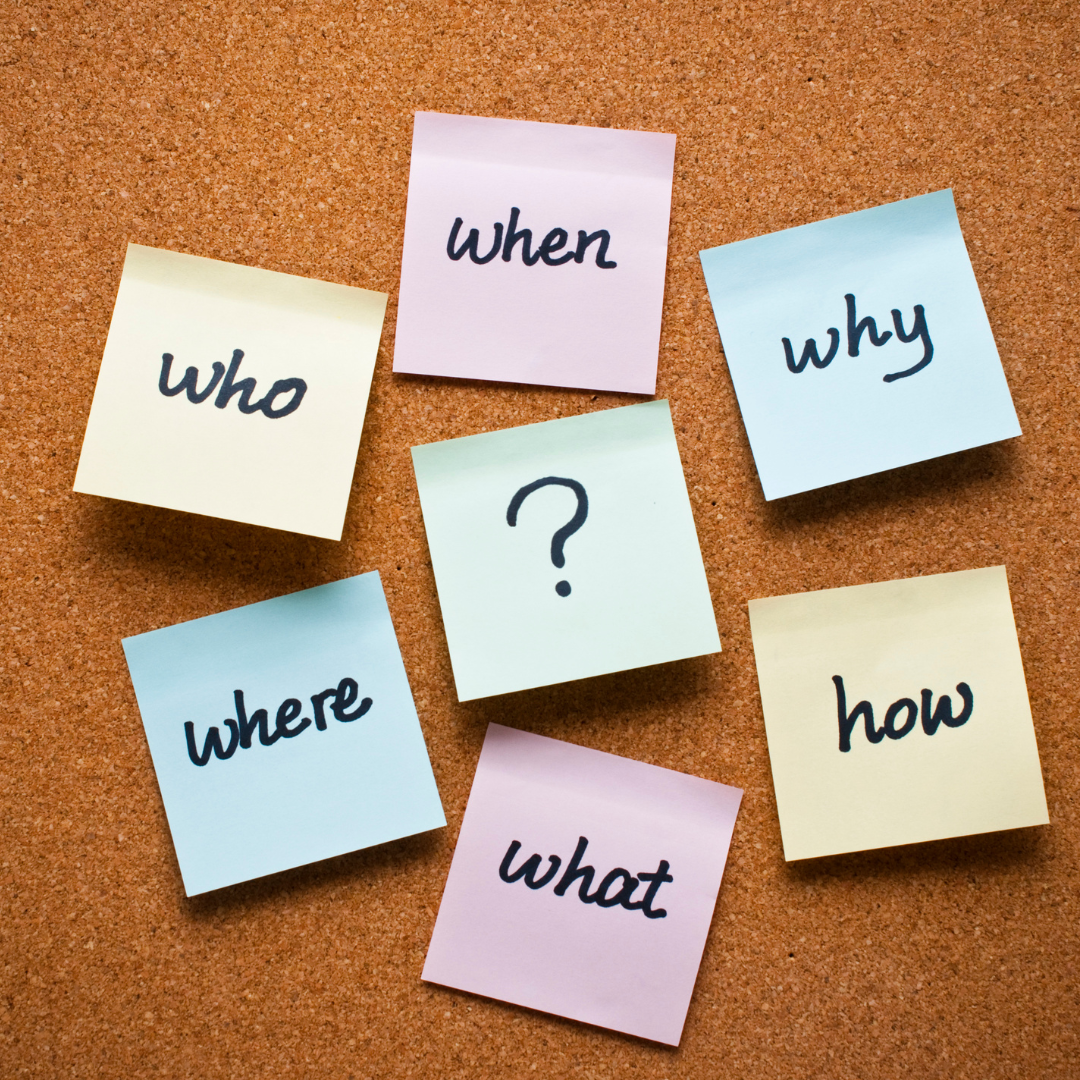Mind mapping is a visual thinking tool that can help kids organize their thoughts and ideas. It's a fun and creative way for kids to brainstorm and make connections between different concepts. By using mind mapping, kids can also improve their memory and problem-solving skills.
How to do Mind Mapping with Kids
Start with a central idea or topic. Write the main idea in the center of a blank piece of paper.
Draw branches off the central idea. Each branch should represent a subtopic related to the central idea.
Add keywords or images to the branches. This will help kids remember the subtopics and their connections to the central idea.
Connect the branches with lines or arrows. This shows how the subtopics are related to each other and to the central idea.
Encourage kids to add more branches and subtopics as they think of them. This makes mind mapping a dynamic and ever-evolving process.
Benefits of Mind Mapping for Kids
Improves creativity: Mind mapping helps kids think outside the box and come up with new ideas.
Boosts memory: By visualizing information, kids are more likely to remember what they learned.
Enhances problem-solving skills: Mind mapping helps kids see the big picture and make connections between different concepts.
Supports learning: Mind mapping can be used in any subject area and can help kids understand complex information.
Encourages teamwork: Mind mapping can be a fun and collaborative activity for kids to do with their classmates or family members.
Mind mapping is a great tool for kids to use for learning, problem solving, and creating new ideas. By visually organizing information, kids can boost their creativity and improve their memory. Encourage your kids to give mind mapping a try and see the benefits for themselves!

